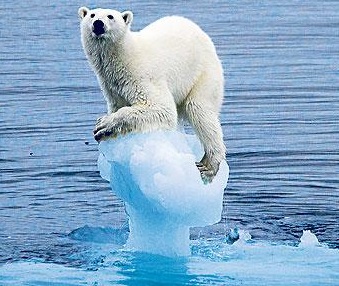|
Common Core State Standards
Math
6.EE.2.c Evaluate expressions at specific values of their variables. Include expressions that arise from formulas used in real-world problems. Perform arithmetic operations, including those involving whole-number exponents, in the conventional order when there are no parentheses to specify a particular order (Order of Operations);
6.EE.6 Use variables to represent numbers and write expressions when solving a real-world or mathematical problem; understand that a variable can represent an unknown number, or, depending on the purpose at hand, any number in a specified set;
6.EE.7 Solve real-world and mathematical problems by writing and solving equations of the form x + p = q and px = q for cases in which p, q and x are all nonnegative rational numbers.
6.G.A.1 Find the area of right triangles, other triangles, special quadrilaterals, and polygons by composing into rectangles or decomposing into triangles and other shapes; apply these techniques in the context of solving real-world and mathematical problems.
6.G.A.3 Draw polygons in the coordinate plane given coordinates for the vertices. Apply these techniques in the context of solving real-world and mathematical problems.
7.G.B.6 Solve real-world and mathematical problems involving area, volume and surface area of two- and three-dimensional objects.
8.EE.5. Graph proportional relationships, interpreting the unit rate as the slope of the graph.
8.SP.A.1 Construct and interpret scatter plots for bivariate measurement data to investigate patterns of association between two quantities;
8.SP.A.2 Know that straight lines are widely used to model relationships between two quantitative variables;
8.SP.A.3 Use the equation of a linear model to solve problems in the context of bivariate measurement data, interpreting the slope and intercept.
8.F.B.5 Describe qualitatively the functional relationship between two quantities by analyzing a graph (e.g., where the function is increasing or decreasing, linear or nonlinear).
ELA/Literacy
RST.6-8.2. Determine the central ideas or conclusions of a text; provide an accurate summary of the
text distinct from prior knowledge or opinions.
RST.6-8.8. Distinguish among facts, reasoned judgment based on research findings, and speculation in a text.
RST.6-8.9. Compare and contrast the information gained from experiments, simulations, video, or multimedia sources with that gained from reading a text on the same topic.
|
Next Generation Science Framework
PS1: Matter and Its Interactions,
PS1.A: Structure and Properties of Matter;
PS1.B: Chemical Reactions; Patterns
PS3: Energy,
LS2: Ecosystems: Interactions, Energy, and Dynamics,
ESS2.A: Earth Materials and Systems,
ESS3.C: Human Impacts on Earth Systems,
ESS3.D: Global Climate Change,
ETS2: Links Among Engineering, Technology, Science, and Society
ESS2.D Weather and climate;
|



